Three Popular Gambling Games Indians Enjoy Playing
Gambling in India has a complicated history. However, gambling is very popular. Most households report they take part in gambling games both within their homes and out. Let’s explore three of the most popular gambling games that are played in India.
Teen Patti
Teen Patti is one of the top trending games right now in India. Over a million Indians are playing the game. It is a popular game among smartphone users. The game originated in the Indian subcontinent and spread in popularity into South Asia. The game uses a standard international deck of cards. Any amount of players can play, but most games usually comprise four to seven players. The aces are high, and the twos are low. The dealer deals three cards to each player. The player bets on who has the best three cards. The person who has the three best cards wins.
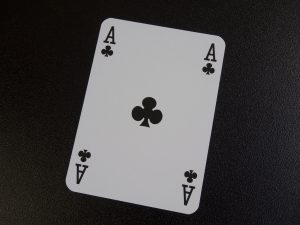 BlackJack
BlackJack
BlackJack also jumps to the forefront of popular gambling games in India. Otherwise known as 21, it is a straightforward game to understand but hard to master. The game is played between one or more players including a dealer. A player wins if they beat the dealer’s cards without going over 21. The face cards count as ten, the number cards are equal to their face value, and aces can count as 11 or 1. Each player is dealt two cards. Players who want additional cards say hit, and the dealer will give the player another card. The idea is to get to 21 without going over or going bust. It is important to not only pay attention to your cards but to other cards that have been played. That can help you to determine what the dealer’s cards may be. Only one of the dealer’s cards is showing. Players bet on whether they can beat the dealer.
Satta King
Satta King, or also known as Satta King UP, is a lottery game that got its start after India’s independence in the 1950s. People would bet on cotton’s opening and closing rates. However, in the early 1960s, the New York Stock Exchange put an end to the game. So, now the game is played by guessing the open and closing of products that do not exist. Numbers were written on pieces of paper and placed into a bowl. A person would draw a maker and determine the winning numbers. Now, the three numbers are drawn from an international deck of cards.

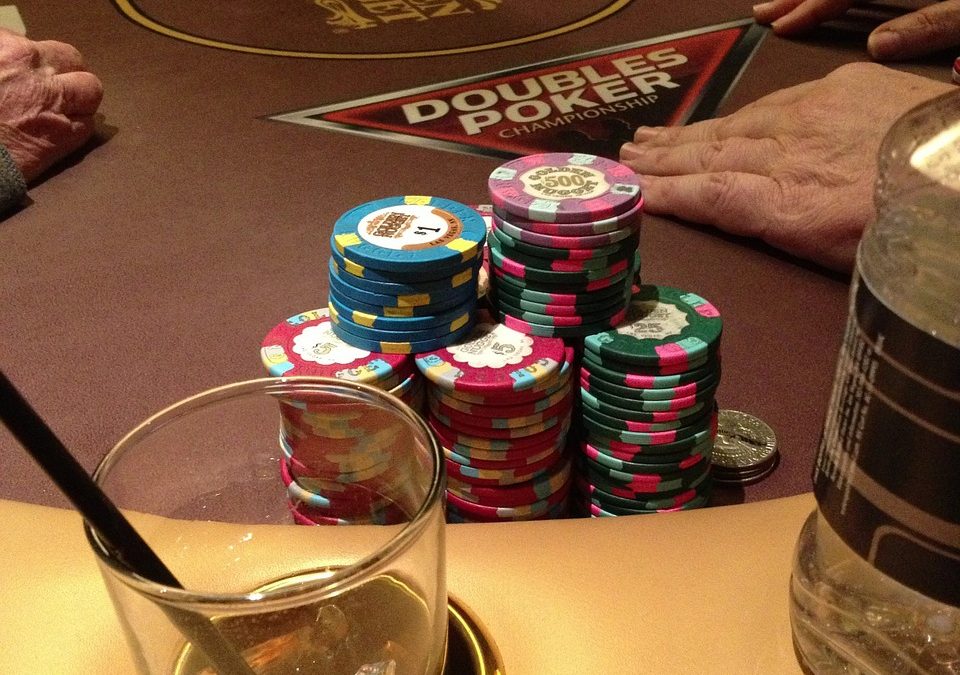


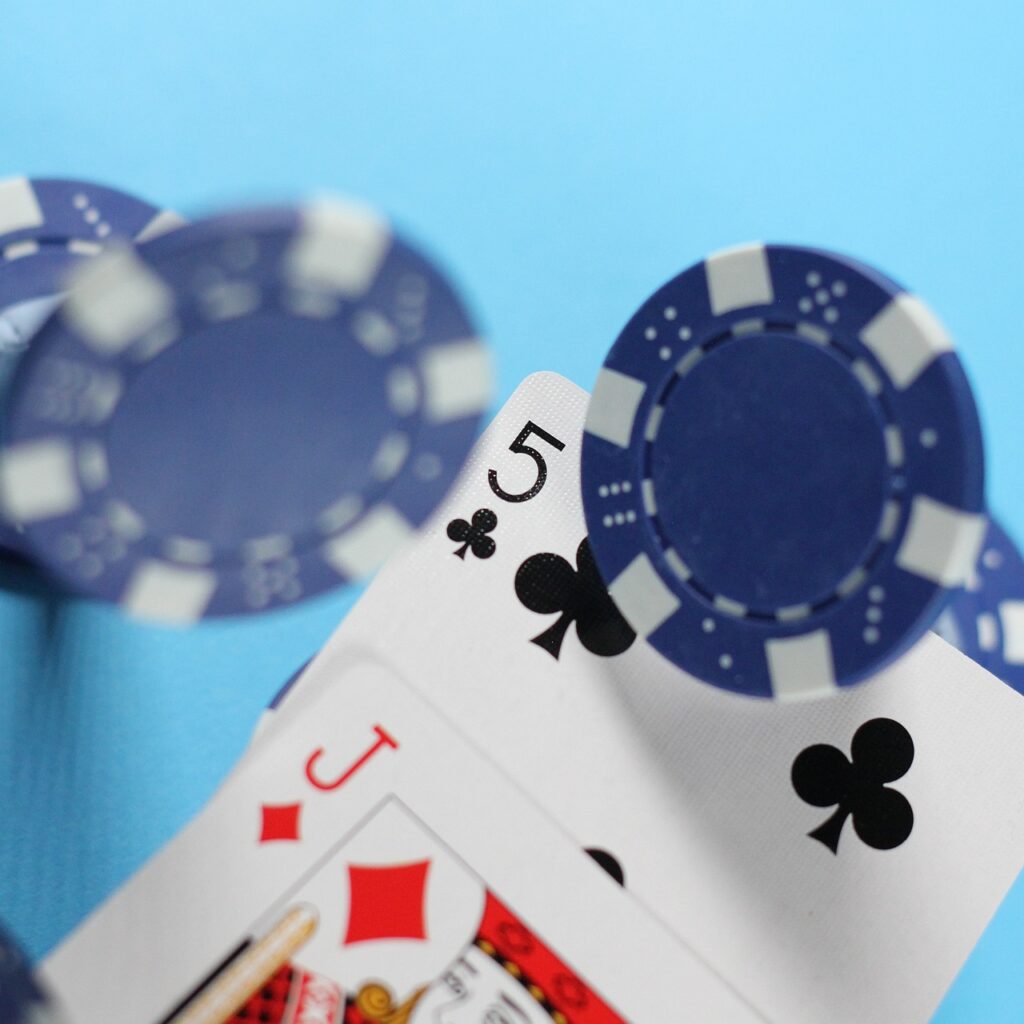
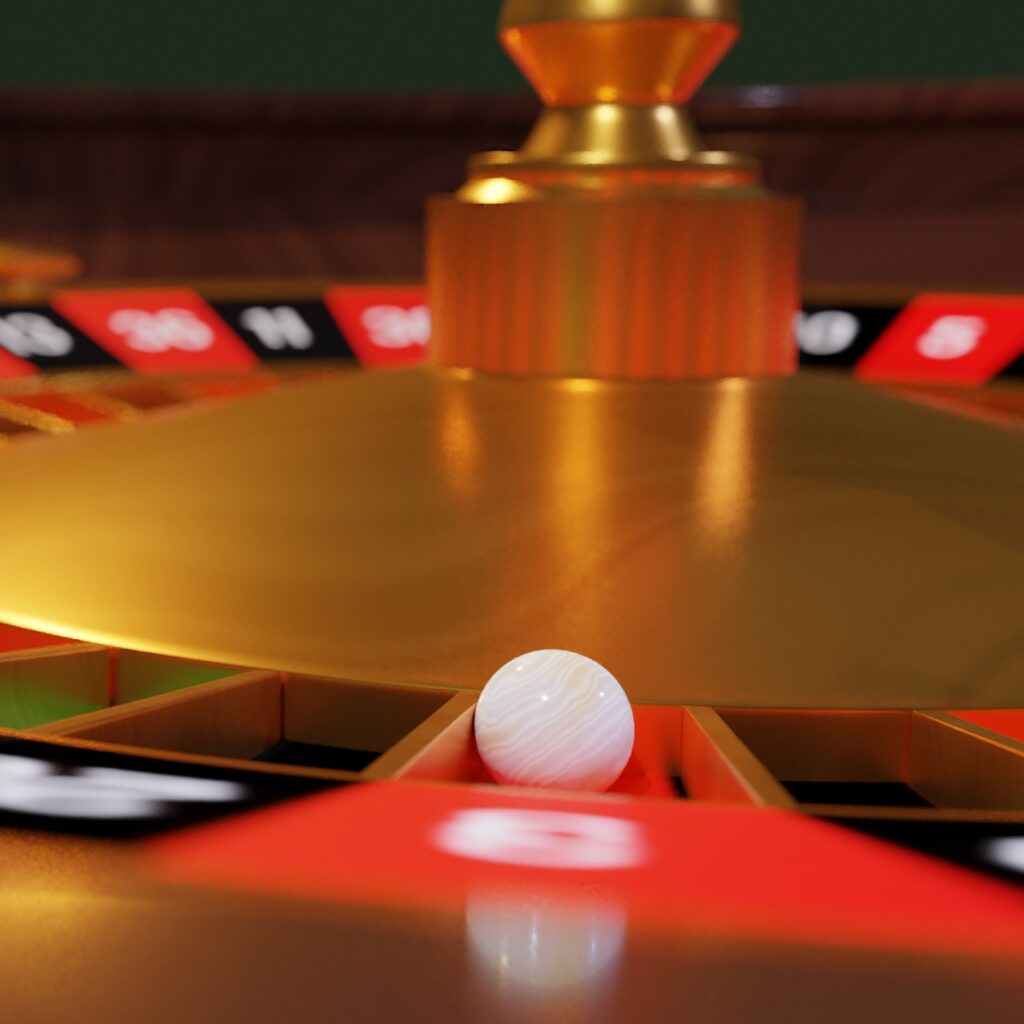
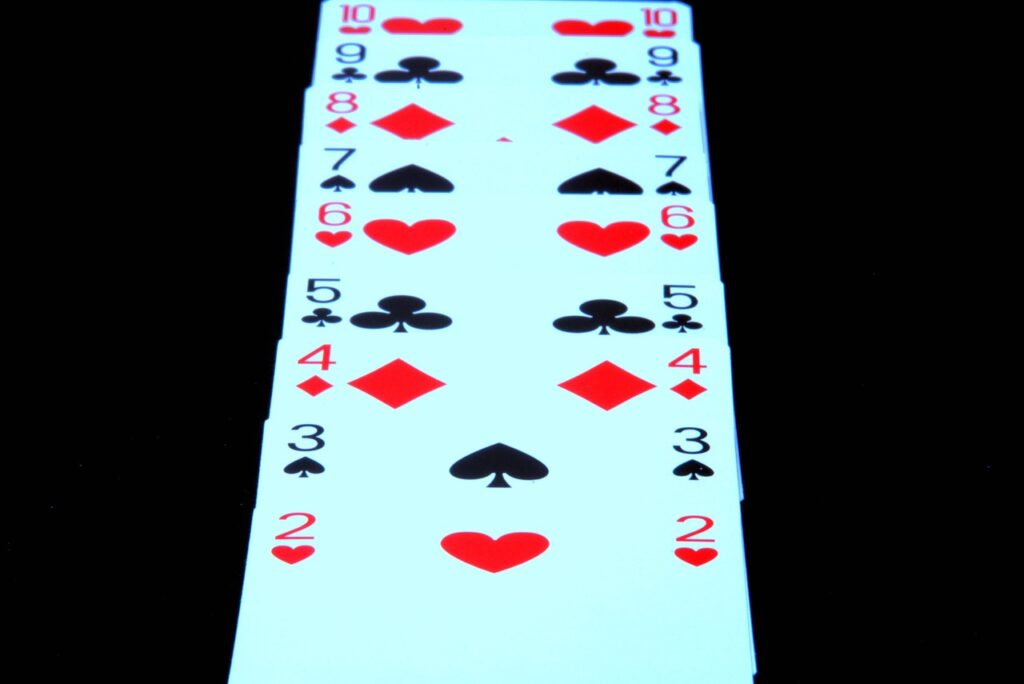


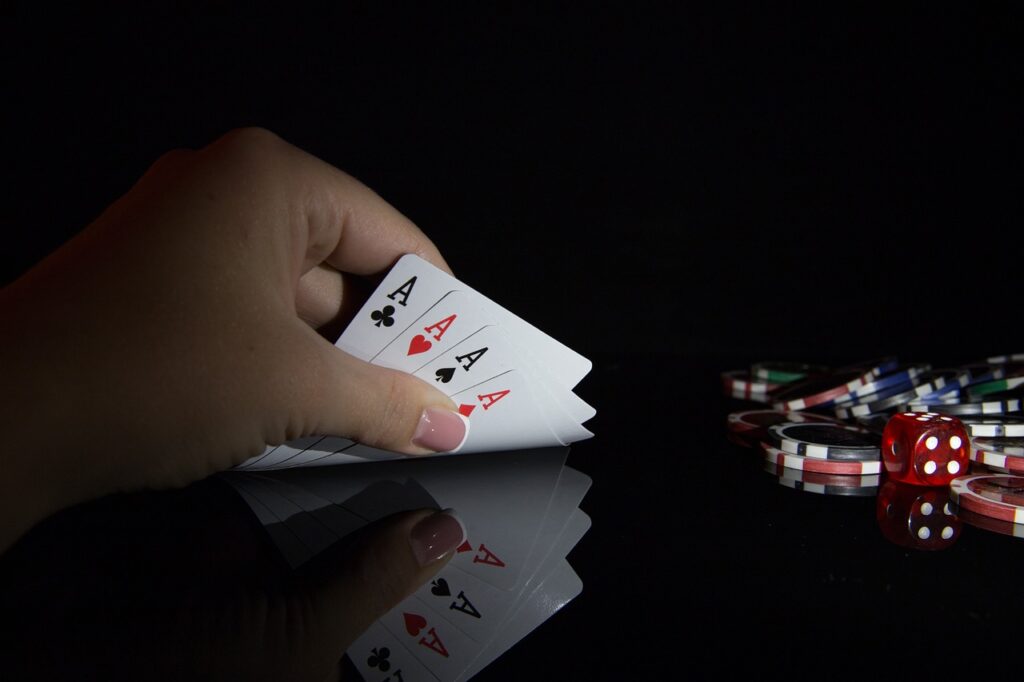
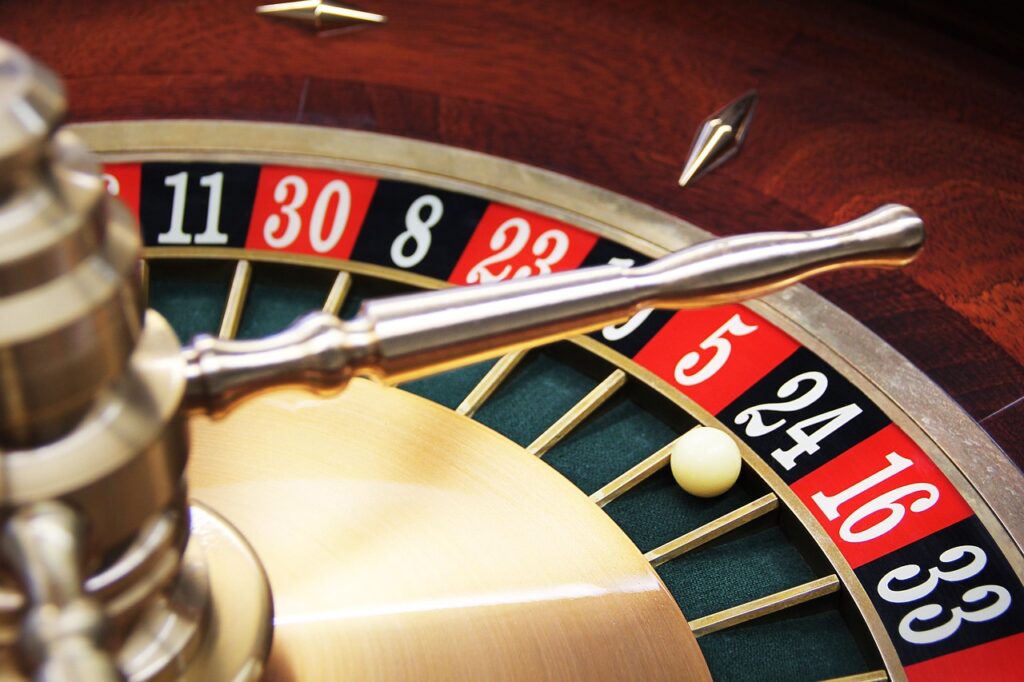
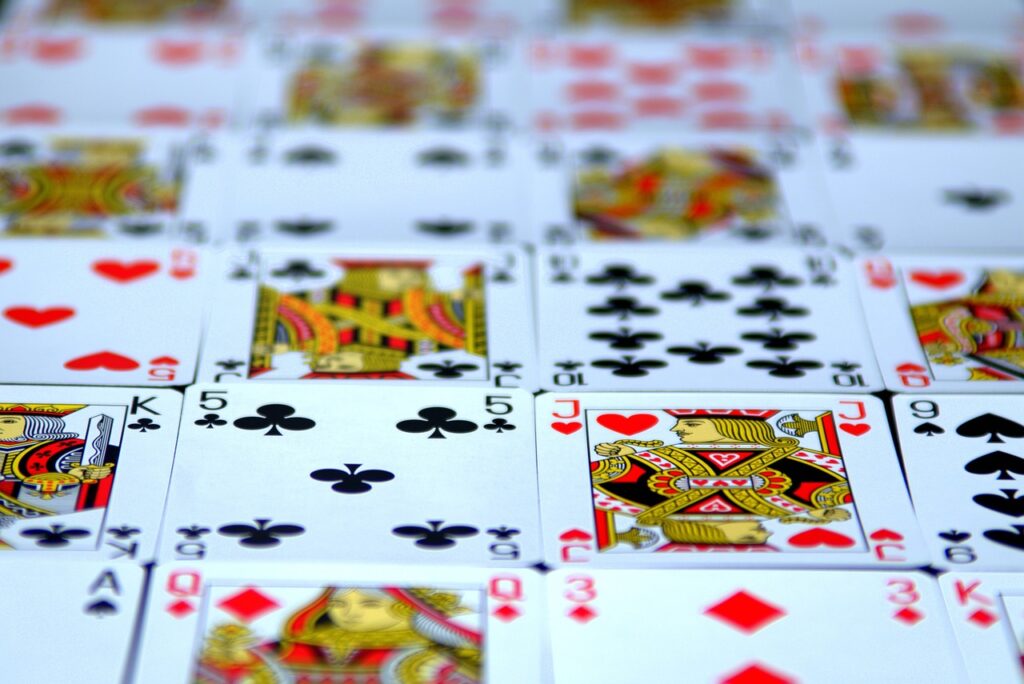

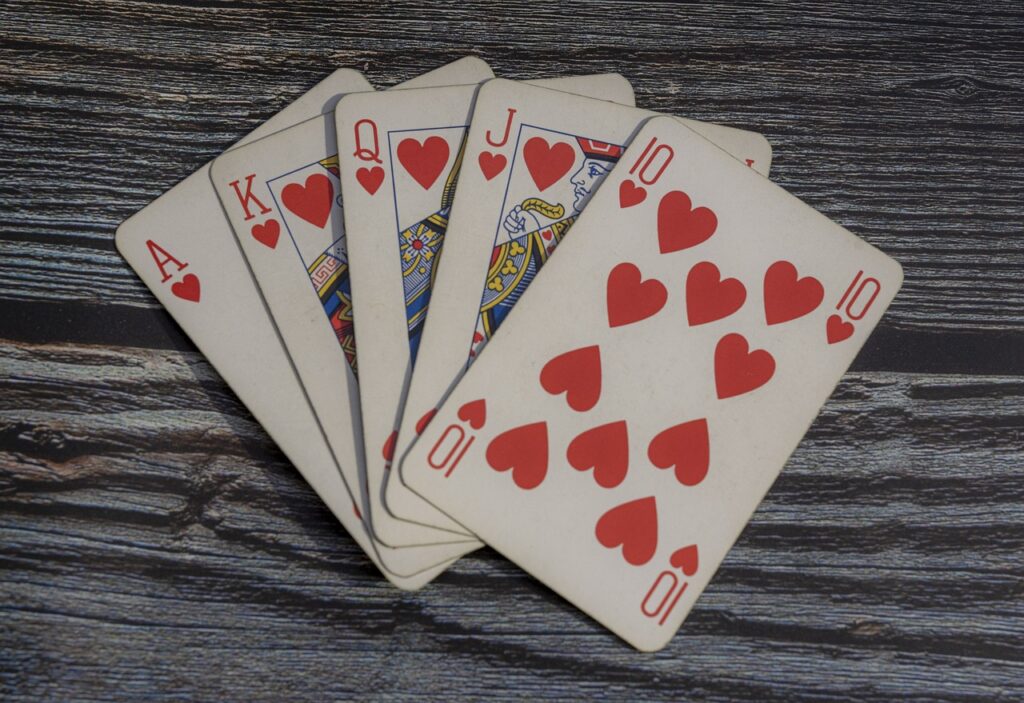
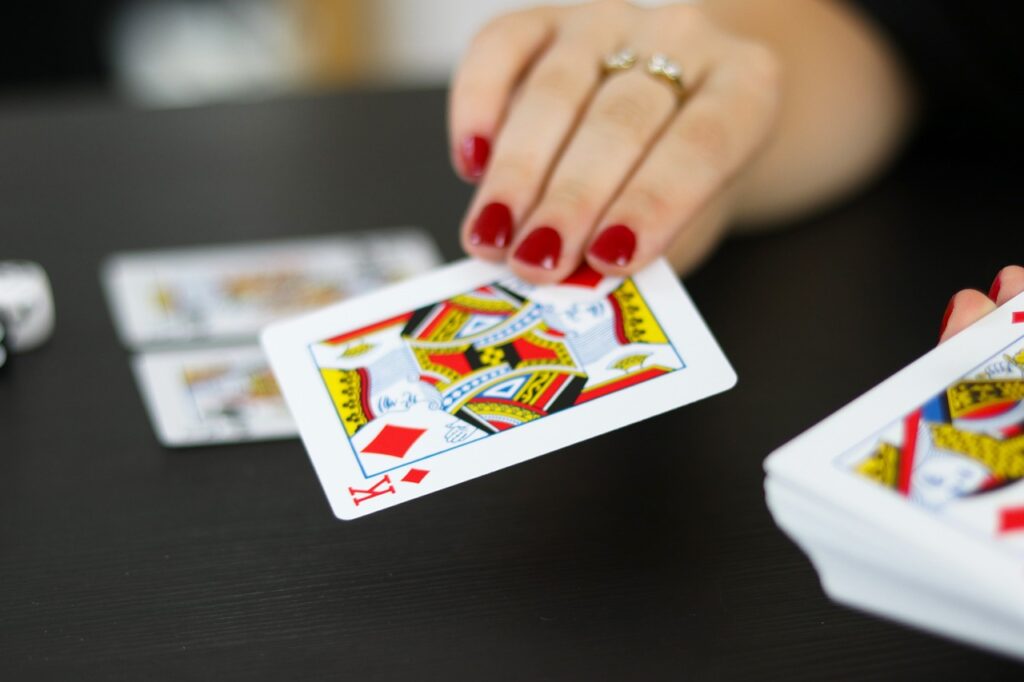

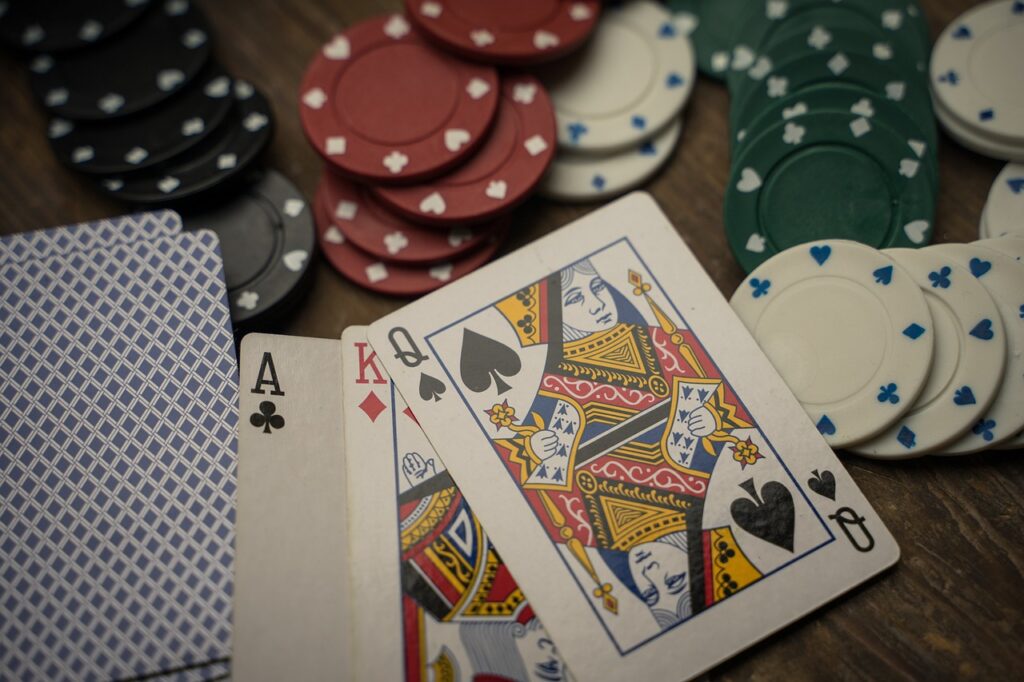
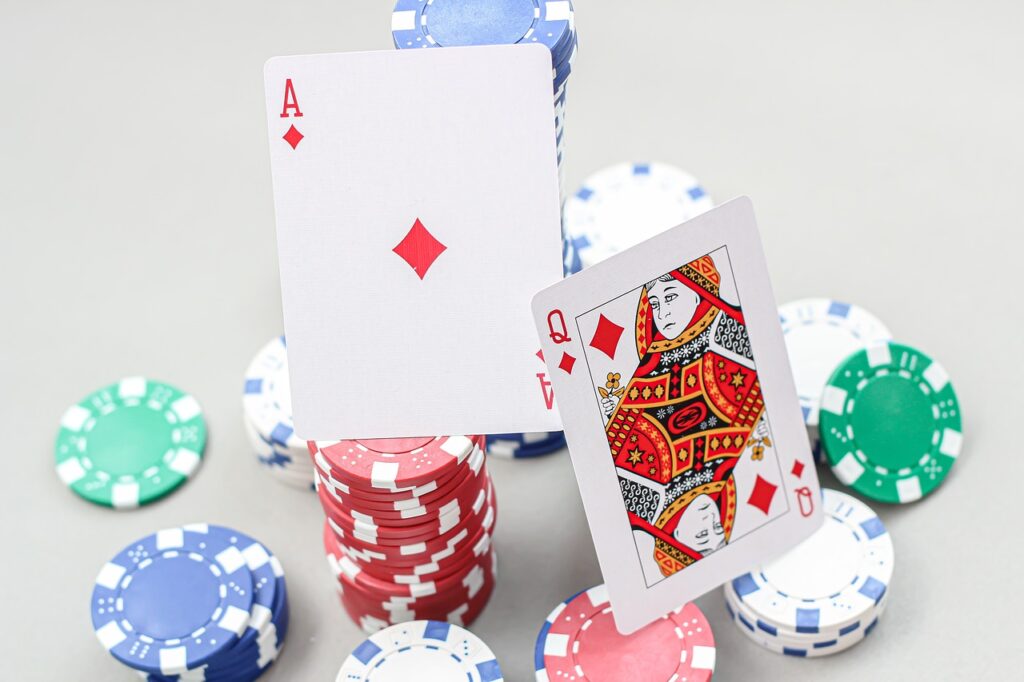
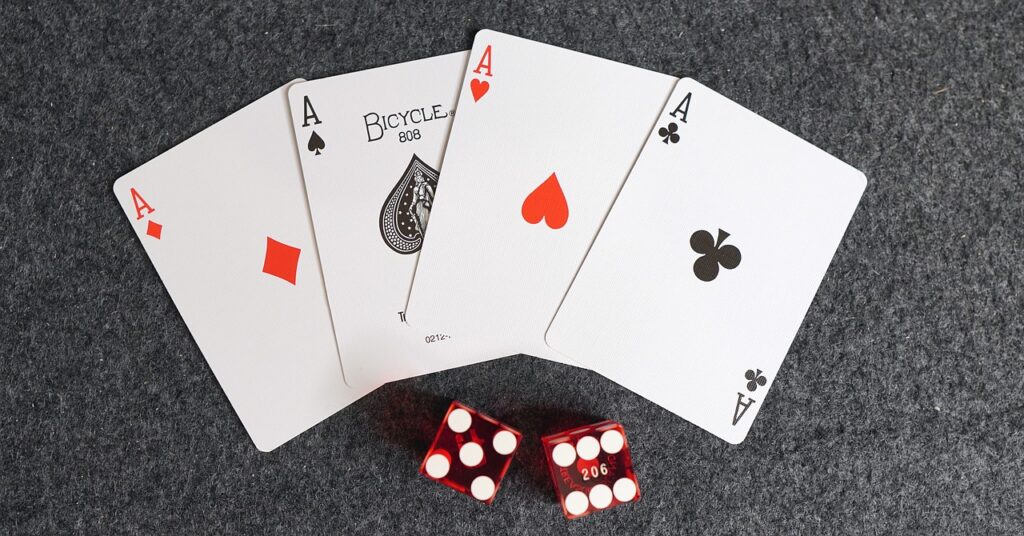
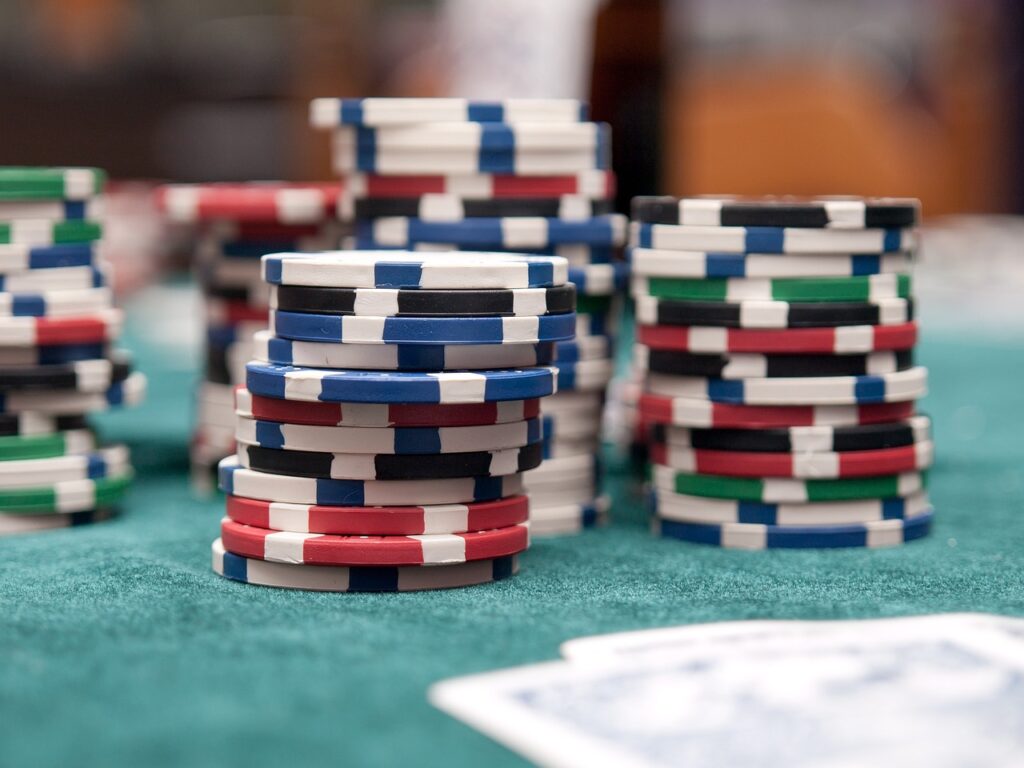
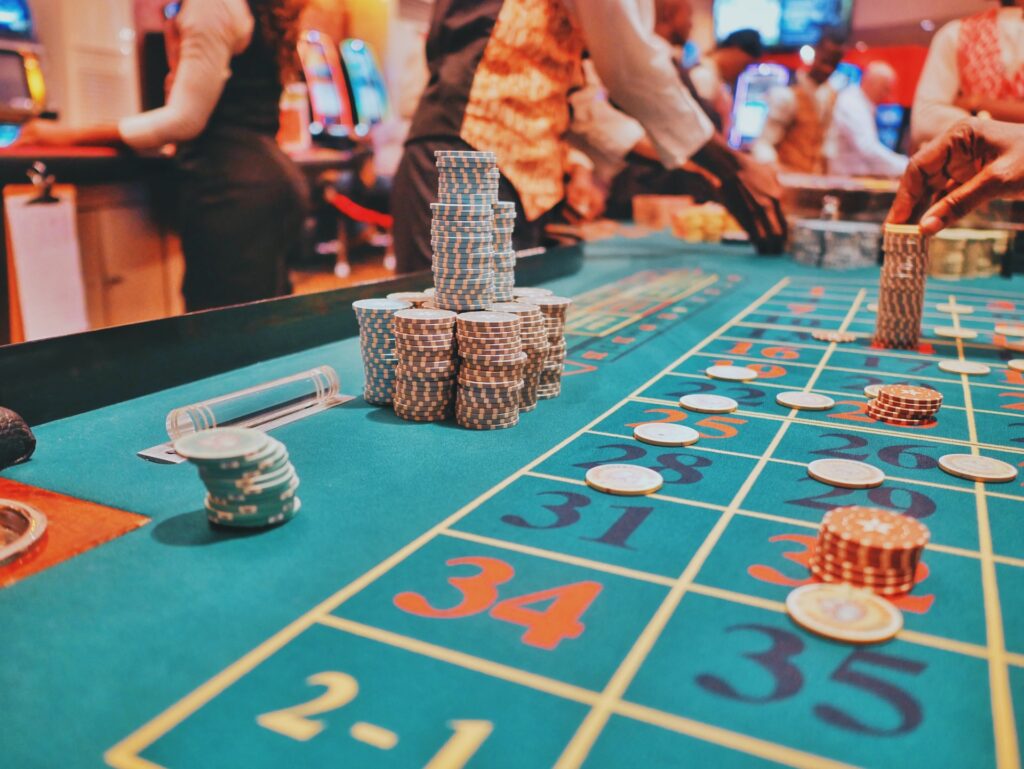


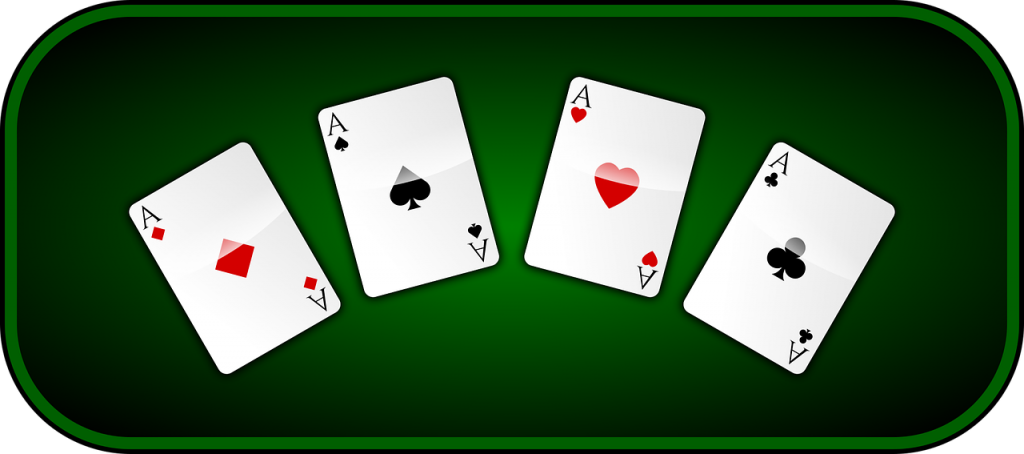
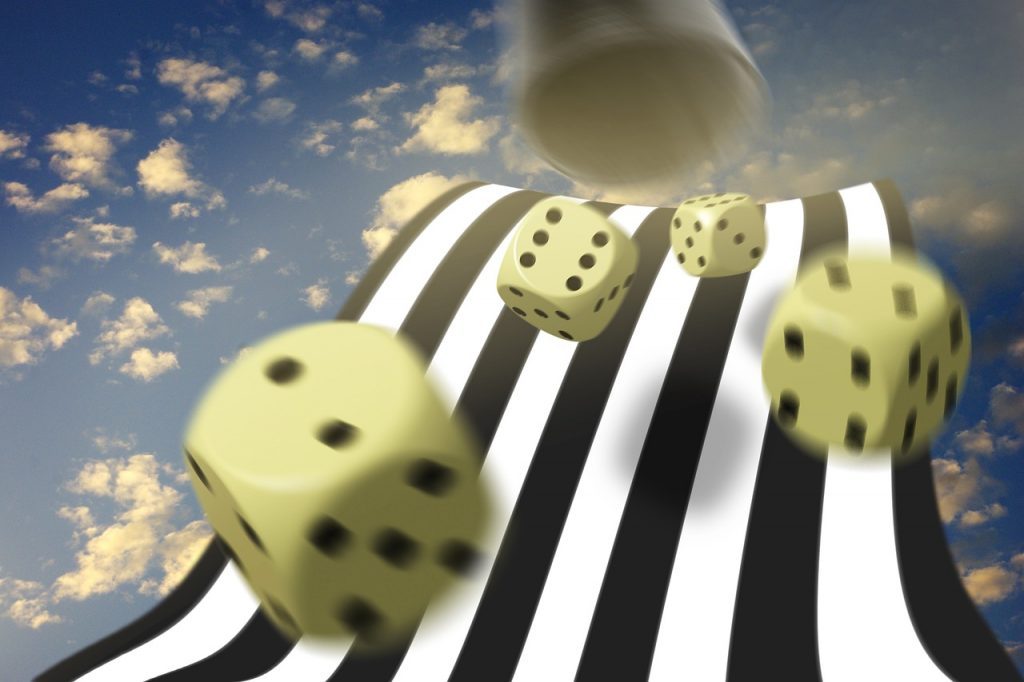
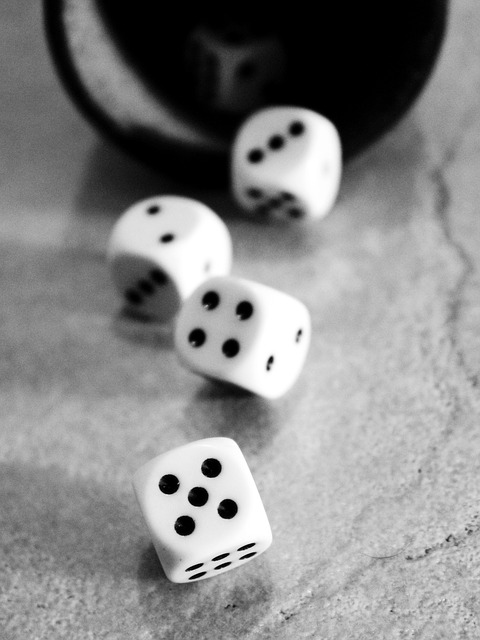

Follow Us!